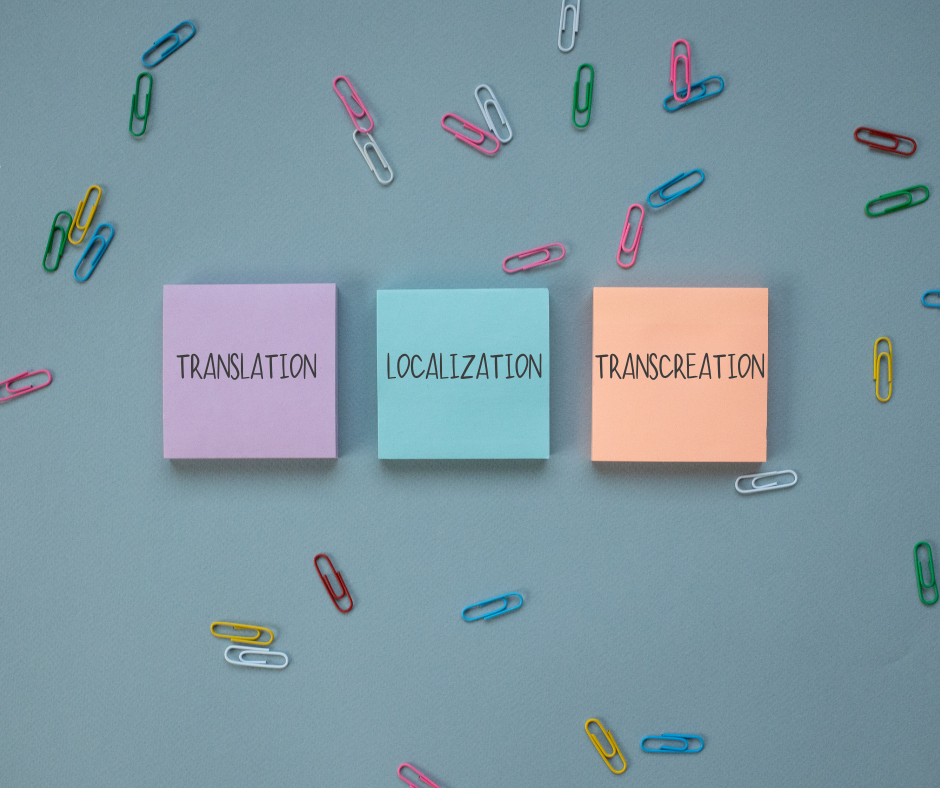
Boost learner engagement, support language accessibility, and improve knowledge retention with e-learning localization services from ITC Global.
ITC Global offers a suite of services tailored to companies that want to create multilingual e-learning courses. Here are the main steps in the localization process for these projects.
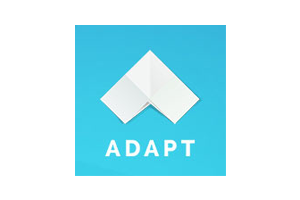
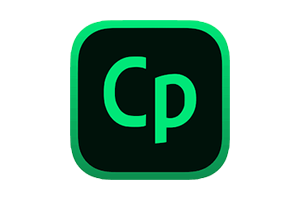



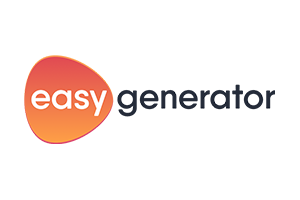
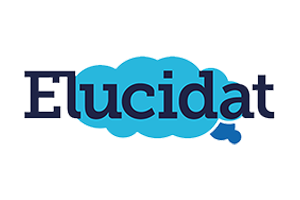

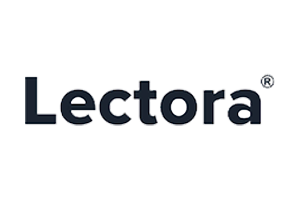
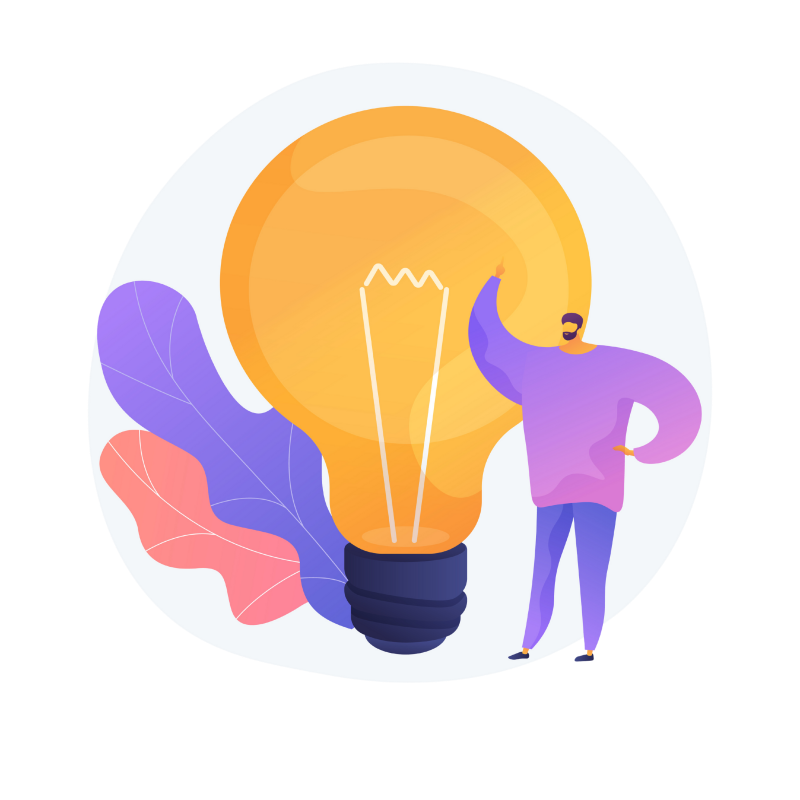
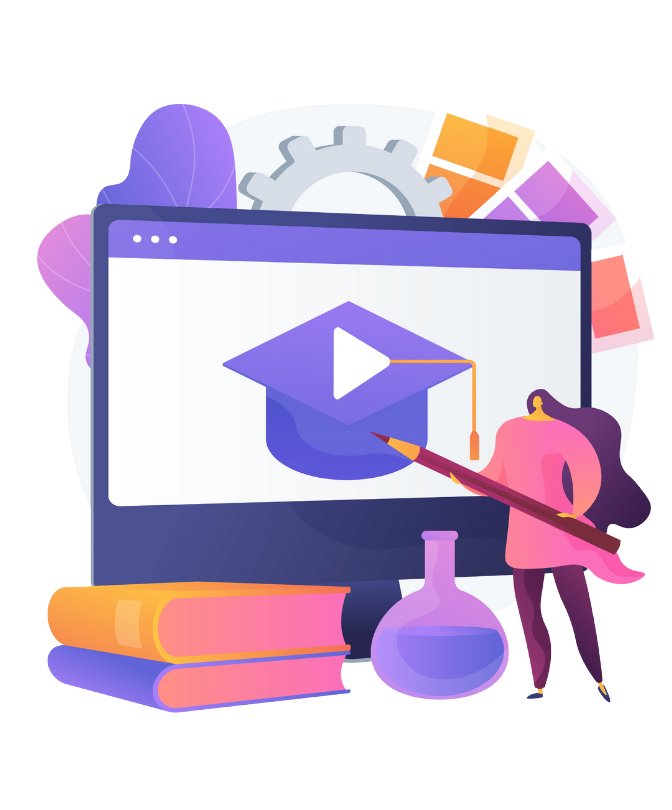
While it may seem complicated to export content from your authoring tool, our engineers have lots of experience with different tools and they’re good at finding solutions that will make your life easier.
We have 25+ years of experience working on e-learning projects, so we’ve learned a lot of tips and tricks along the way. Plus, we have an in-house team of engineers to help in case there are issues. We can handle the entire reimport process so all you have to do is publish your course.
E-learning platforms make it easier to create engaging interactive content, provide personalized learning opportunities, track training assignments, measure results and completion rates, administer quizzes, and provide convenient, flexible access to training programs.
Here are our top three tips for streamlining content creation to save money on training translation and improve learner engagement.
Text that is embedded in image files can’t be edited, so it can’t be replaced with translated text. In this case, our desktop publishing specialists prepare these images for translation by extracting text, then recreating images after translation. Some authoring tools like Storyline allow you to create images with editable text, which can easily be translated and doesn’t require the extra time and cost of extraction and recreation.
Some authoring tools provide automated translation options. Before you decide to go this route, there are a few things to consider.
Accuracy and readability are critical for e-learning courses. Machine translation without expert human review can reduce learner comprehension and engagement, thus causing confusion and reducing the return on investment. Automated translation also doesn’t localize content to make it culturally relevant and sensitive to the local context.
However, AI-powered translation and human post-editing can be a good option, depending on the project’s languages, topics, and desired outcomes. Our experts will analyze your project and review the quality of AI-assisted translation, content or voice output before recommending the right fit for you and your project requirements. And we’ll be transparent about how we decided on this recommendation. We do what’s best for you and your project requirements.
Speak the language of your customers, prospects, partners, and employees around the world with ITC Global’s full suite of solutions powered by our unique blend of talent and technology. Every language solution you need, from translation to AI technology.
Tailored to you. All in one place.
Our resource center has lots of related information to explore. Here are some articles to get you started.